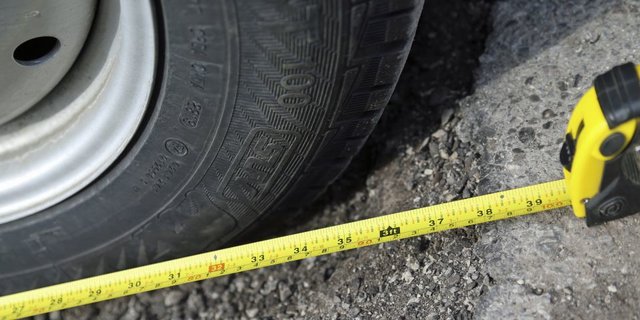A different wheel/tire combination is sometimes better, but there's not much leeway when changing the diameter
If you’ve recently picked up a new (or new-to-you) ride, you could be excused if you reel back with some sticker shock when shopping for winter tires — or even summer rubber, for that matter. Cars of almost every type, price point and function now seem to come equipped with larger diameter, low-profile tires. And tire prices seem to rise almost exponentially when you hit rim sizes above 16 inches and profiles below 60 per cent.
Just as a reminder, tires are sized by their width in millimetres, their profile or height as a percentage of their width, and their rim size in inches — makes perfect sense, right? So, a tire with the its sidewall marked 225/65R17 means the tread is 225 millimetres wide, the sidewall height is 65 per cent of the tread width, and it will fit a 17-inch wheel.
When you hit the 19-inch size and move upwards, things can get really expensive. So, to avoid a credit card meltdown, many consumers shop around for smaller-diameter tires to be installed on wheels just for winter. If things are sized correctly, moving to a smaller and narrower tire can actually improve winter traction and driving safety, as particularly wide tires — such as 275 millimetres and up — can easily ride up on snow instead of cutting through it. But how low can you go? And will your ride be able to live with your choice?
There are a lot of things to consider when looking at downsizing your wheels and tires for winter. The first question you should consider is, will smaller wheels clear the brakes on your vehicle? Dealership parts departments and tire retailers can usually answer this question.
Next, will different tire sizes have clearance for turning and not rub on inner fender liners? The three-per-cent solution answers this concern — this refers to the limit in the change of the tire’s circumference, either up or down, that most recommend. But circumferences aren’t printed on the sidewall of tires, nor does this spec appear in any publicly accessible tire catalogues.
To find out what the circumference is on any particular tire, you could grab a length of string and measure it. But there is an easier way — there are many tire size calculators online, simply allowing you to do a side-by-side comparison by entering your original size and what you may be considering as a winter tire. If the two circumferences are more than three per cent apart, check out another size.
More than one computer or sensor on just about anything on four wheels today requires an accurate and constant idea of how far and fast a vehicle is travelling. Most get this from wheel speed sensors, meaning if you put the wrong sized tires on a vehicle, the speed/distance data will be inaccurate.
This can lead to check engine lights, transmission shifting troubles, anti-lock brake malfunctions, along with a possible long list of problems. On certain vehicles, it can even cause a stall of the engine, which will not restart.









